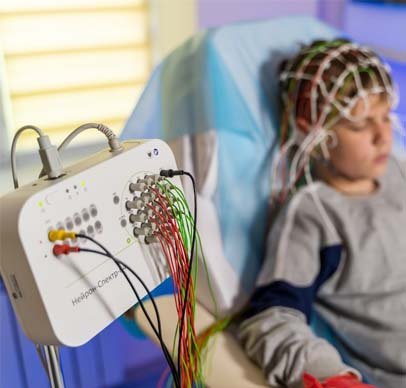How to Recognize Early Signs of Stroke and Act FAST
Stroke is a medical emergency that can happen to anyone, anytime—and its consequences can be life-altering. The faster you identify the warning signs, the better the chances of recovery. In fact, every second counts. Prompt recognition and treatment within the “golden hour” can significantly reduce brain damage and save lives.
In this article, Dr. Vivek Barun, one of the leading neurologists at Artemis Hospital, Gurugram, explains how to spot stroke symptoms early and what to do using the FAST method.

